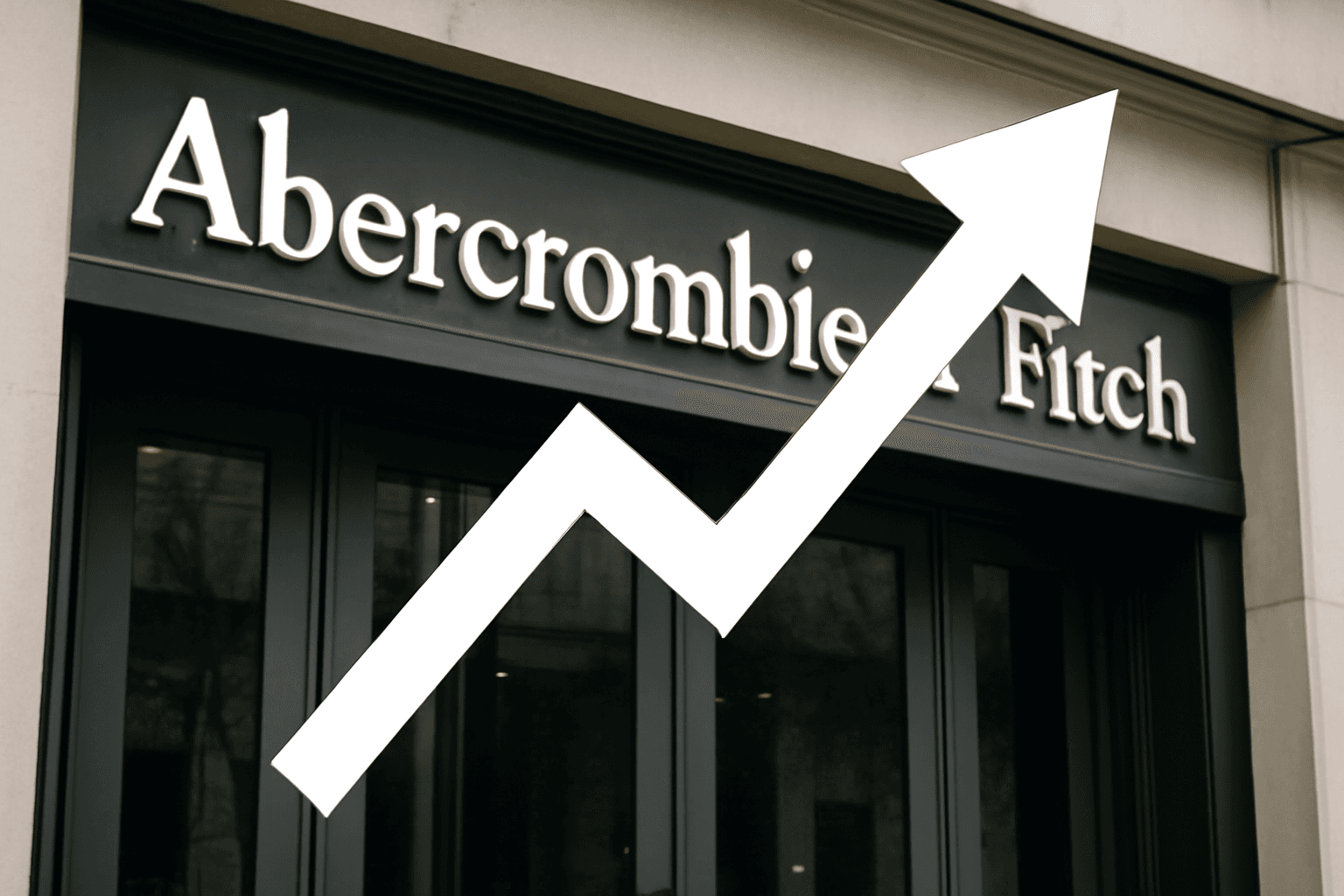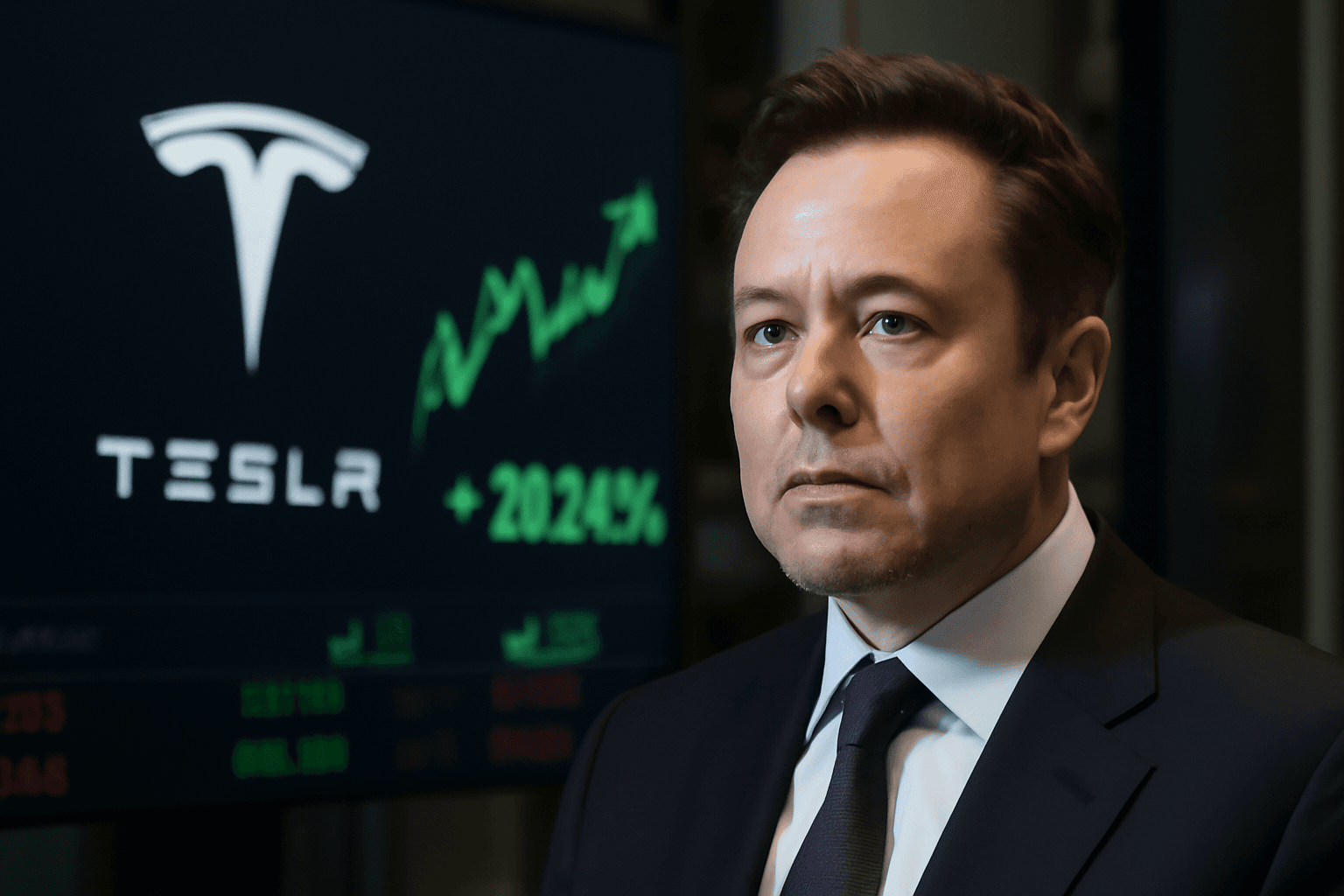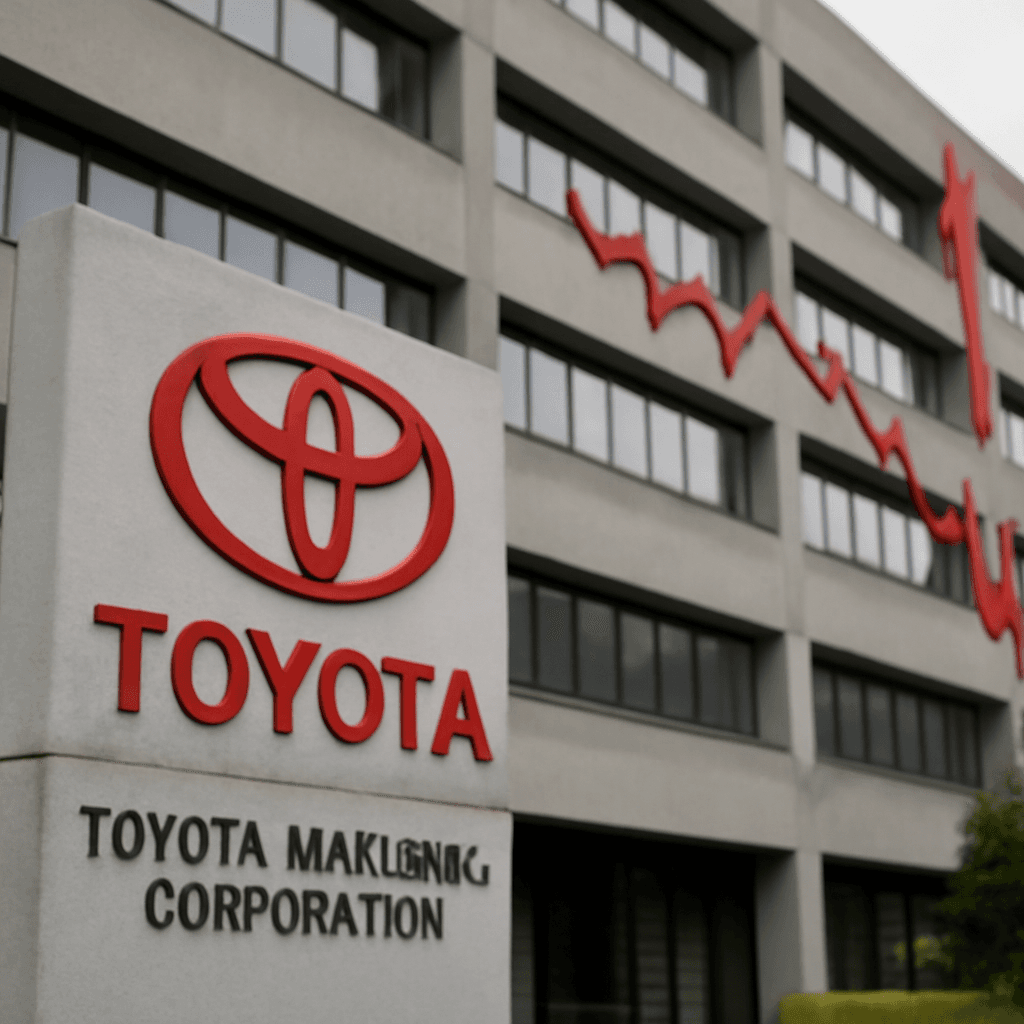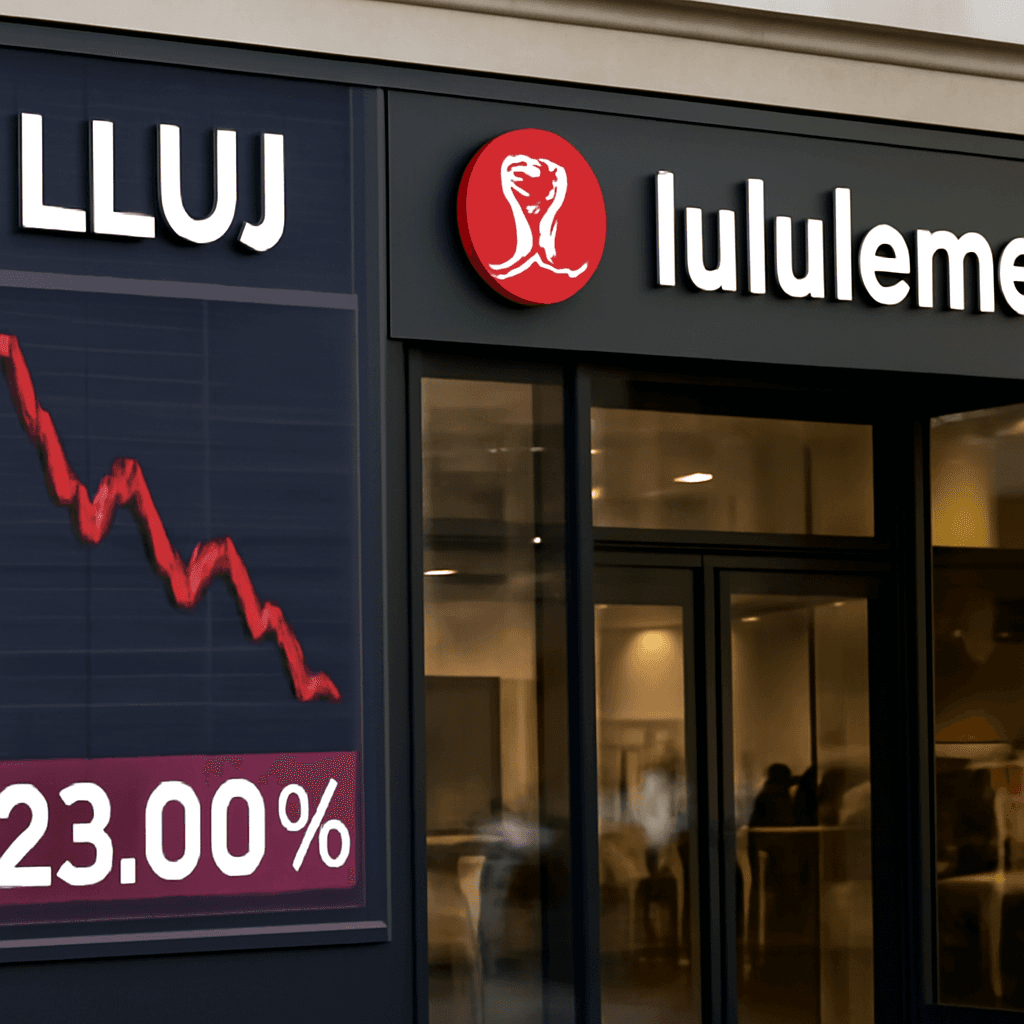Honeywell’s Stock Drop After Strong Q2 Results: A Market Overreaction?
Honeywell International Inc. experienced a surprising 5% decline in its stock price on Thursday, despite delivering robust second-quarter earnings that exceeded Wall Street expectations. This unexpected reaction presents a compelling buying opportunity as the conglomerate charts a transformative path by preparing to split into three distinct publicly traded entities.
Strong Earnings Performance Defies Market Concerns
For the quarter ending June 30, Honeywell reported revenue of $10.35 billion, marking an 8.1% year-over-year increase and comfortably surpassing the consensus estimate of $10.07 billion, based on data from LSEG. Organic sales growth—a critical metric that strips out acquisitions and currency fluctuations—rose an impressive 5%, more than double the 2.4% growth anticipated by analysts at FactSet.
Adjusted earnings per share (EPS) rose 10.4% to $2.75, topping the consensus estimate of $2.66. Management’s upward revision of full-year guidance for revenue, organic growth, and adjusted EPS further underscores confidence in the company’s trajectory.
Why Did the Stock Price Drop?
As Jeff Marks noted during CNBC’s Morning Meeting, the steep stock drop was “nothing short of disrespectful” given Honeywell’s operational strength. The main blemish was the segment margin, which disappointed both in the quarter and in the updated forward guidance. This was driven in part by higher R&D expenses—including approximately $200 million in the aerospace division—as Honeywell continues to invest heavily in innovation to fuel long-term growth.
These investments come ahead of Honeywell's planned breakup, aiming to unlock shareholder value by spinning off its advanced materials, aerospace, and automation businesses into three specialized companies. Management expects the advanced materials spinoff in the fourth quarter of 2025, with the aerospace separation targeted for the latter half of 2026. The remaining entity will focus on industrial automation.
Segment Performance Insights
Aerospace Technologies: Navigating Temporary Headwinds
Honeywell’s largest segment, aerospace technologies, posted 10.7% revenue growth to $4.31 billion. However, it missed analyst estimates due to destocking by one of its original equipment manufacturer (OEM) customers—a temporary pause in orders as inventories are reduced.
Moreover, aerospace margin contracted by 1.75 percentage points, mainly because of integration costs related to the CAES Systems acquisition. Despite this margin pressure, management anticipates recovery starting in late 2025 and normalization in 2026. On a positive note, CAES revenue is growing rapidly, outpacing initial expectations and signaling successful post-acquisition momentum.
Industrial Automation: Mixed Signals
The industrial automation segment experienced a 5% dip in sales, totaling $2.38 billion. While product lines such as process solutions and sensing and safety performed well, warehouse workflow and productivity solutions continue to struggle. Honeywell is actively evaluating strategic alternatives for these underperforming businesses.
Building Automation and Advanced Materials: Bright Spots
Sales in building automation and energy sustainability solutions exceeded year-ago figures, beating estimates. Advanced materials—the unit slated for the initial spinoff —also showed year-over-year growth, reinforcing investor enthusiasm for the upcoming structural changes.
Strategic Growth and Capital Allocation
Honeywell CEO Vimal Kapur emphasized a proactive approach to growth, stating, “We are not waiting for the separation to reshape our portfolio for future growth.” Recent acquisitions and ongoing portfolio evaluations reflect a dynamic capital allocation strategy aimed at fostering long-term shareholder value.
Updated Full-Year Outlook
- Sales: Raised to a range of $40.8 billion to $41.3 billion, well above prior guidance and analyst consensus.
- Organic Sales Growth: Updated to 4%-5%, surpassing the expected 3.7% growth.
- Adjusted EPS: Increased guidance to $10.45–$10.65, beating consensus estimates.
- Segment Margin: Revised lower to 23%-23.2%, reflecting margin pressures described earlier.
For the third quarter, Honeywell’s projections continue to exceed sales, organic growth, and EPS expectations, although margin guidance remains below Wall Street estimates, mirroring full-year concerns.
What This Means for Investors
Honeywell’s commitment to innovation and restructuring looks set to drive future growth despite short-term margin challenges. The stock’s selloff appears to discount temporary issues like OEM destocking and integration costs rather than the company's robust fundamentals and strategic vision.
Investors seeking exposure to diversified industrial technology with promising structural transformation on the horizon may find Honeywell’s current valuation attractive. The company’s focus on autonomous systems, aerospace innovations, and sustainable technologies aligns well with long-term industrial and economic trends.
Editor’s Note: The Breakdown Ahead
Honeywell’s forthcoming division into three specialized firms mirrors a broader corporate trend toward sharper business focus and value creation. While this process entails transitional risks—including margin pressure and market skepticism—keen investors should weigh these against the strategic clarity and growth opportunities ahead.
As markets grapple with uncertainty in aerospace inventory levels and integration adjustments, the resilience in organic sales and revenue growth paints a hopeful picture. The question remains whether the market’s pessimism will persist or if disciplined investors will recognize Honeywell’s strong fundamentals as a gateway to sustained returns post-breakup.
Stay tuned as Honeywell’s transformation unfolds—this industrial giant could well redefine its future and reward those patient enough to hold through the transition.
















